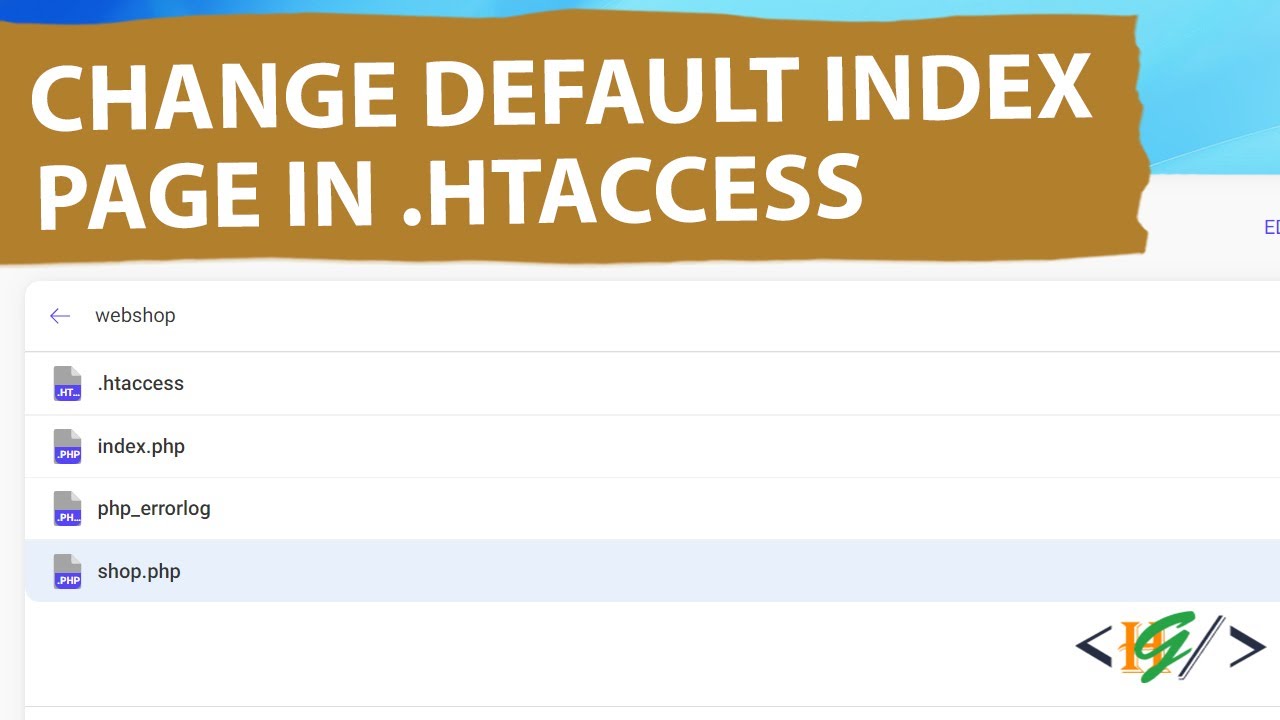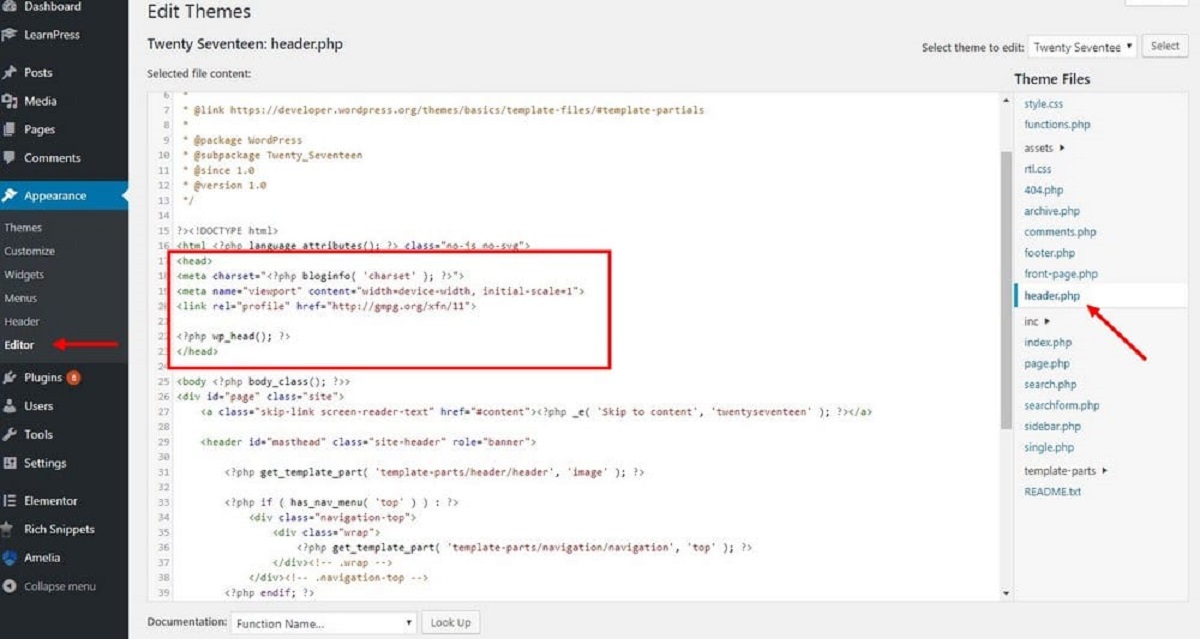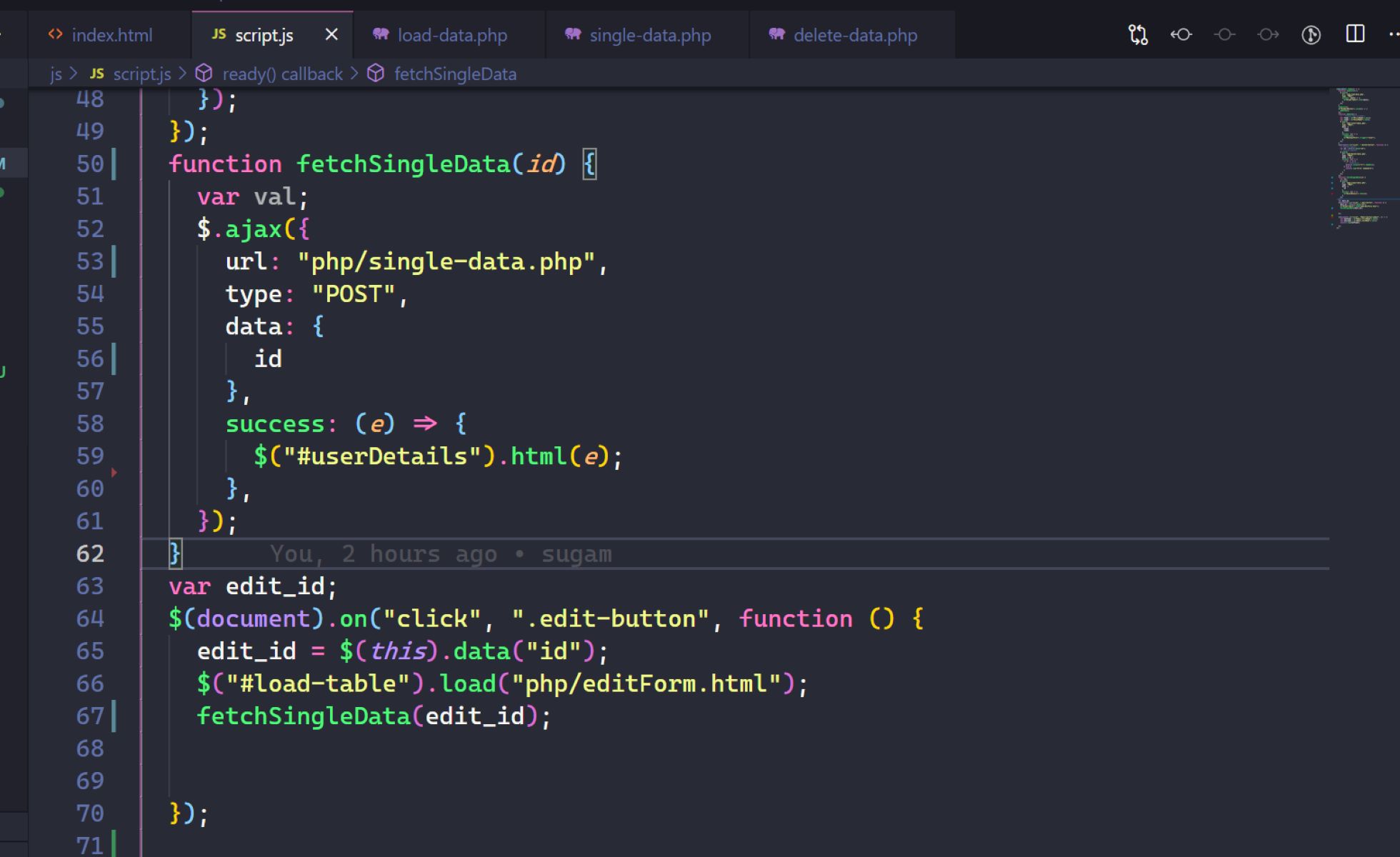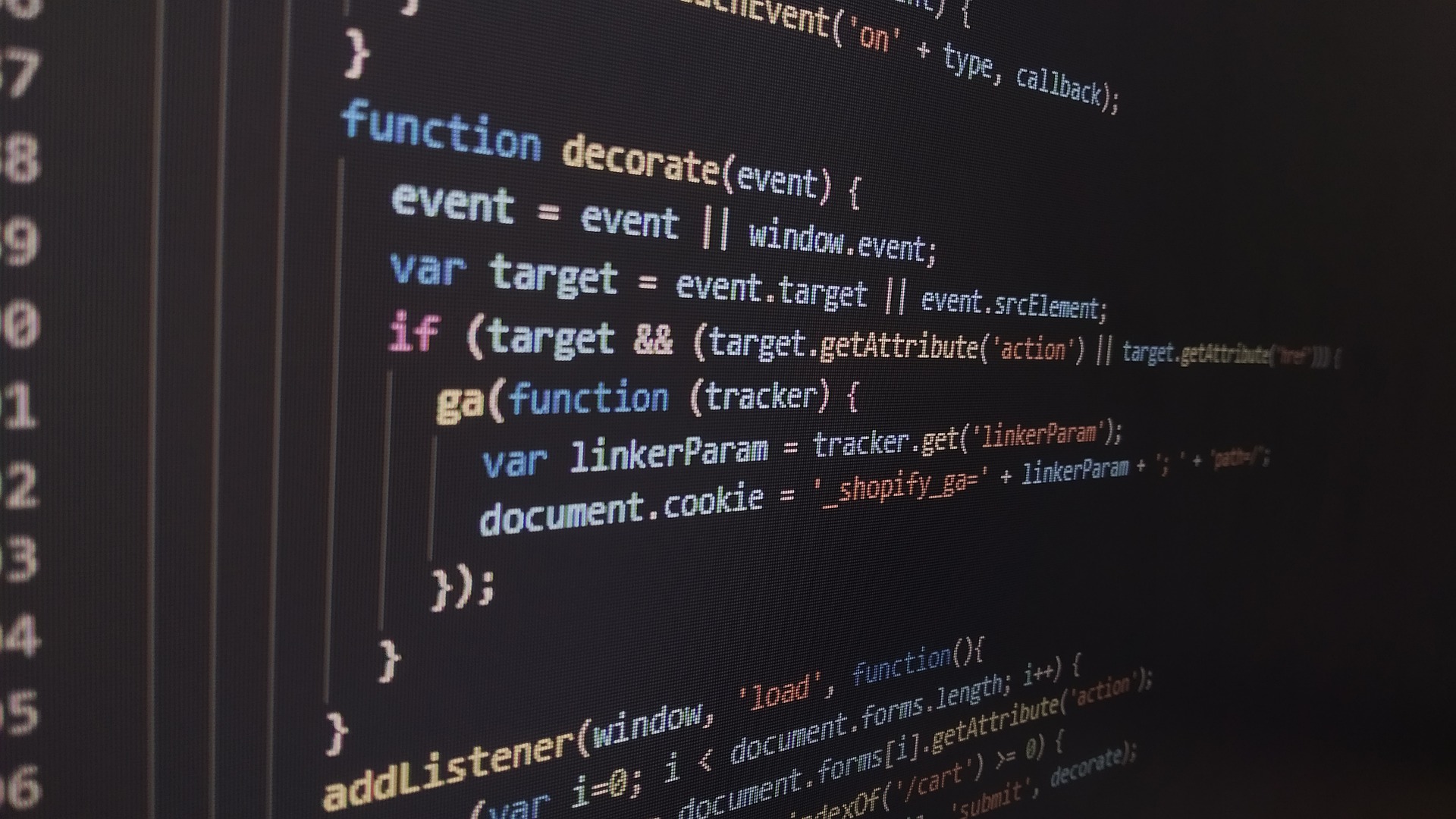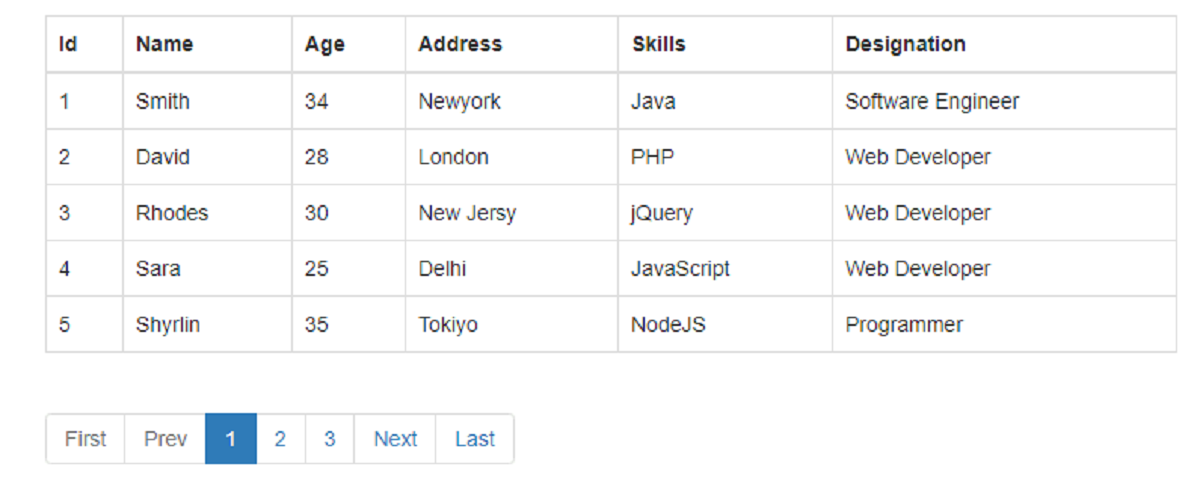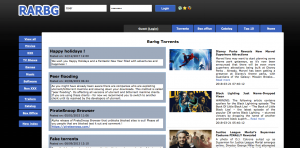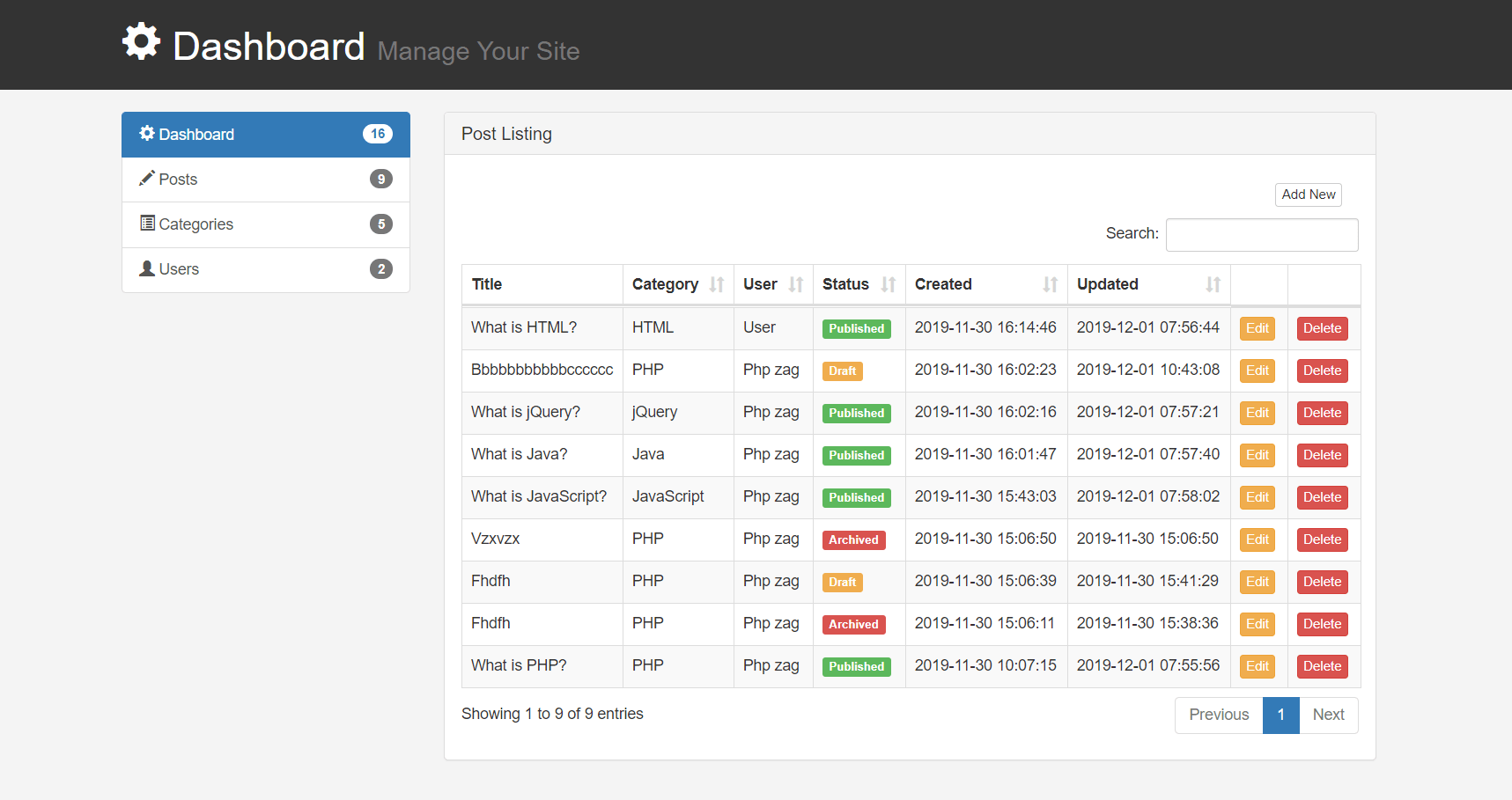Introduction
When it comes to creating dynamic websites, PHP is one of the most popular programming languages used by web developers. By default, when you visit a PHP-based website, it typically loads the index.php file as the default landing page. However, there are instances where you may want to change the default index page to a different file or even a different file extension.
In this article, we will explore the reasons behind changing the default index page in PHP and discuss different methods to achieve this. Whether you want to customize your website’s appearance or improve its security, knowing how to change the default index page in PHP can be a valuable skill for any web developer or website owner.
Before we dive into the various methods, it’s essential to understand why you might want to change the default index page in the first place.
Why Change Default Index Page?
There are several reasons why you may want to change the default index page in PHP:
- Enhanced Branding: By setting a custom default index page, you can showcase your brand or logo on the landing page, providing a unique and professional look to your website.
- Better Organization: Changing the default index page allows you to structure and organize your website’s files in a more intuitive manner, making it easier for both developers and visitors to navigate through the pages.
- Improved Security: By changing the default index page to a different file name or extension, you can make it harder for hackers or malicious bots to discover the underlying technologies and vulnerabilities of your website.
- SEO Benefits: Modifying the default index page provides an opportunity to optimize your website’s SEO by incorporating relevant keywords and improving the page’s overall visibility in search engine results.
Changing the default index page in PHP can help differentiate your website, enhance security measures, and improve its overall performance in search engine rankings. Now, let’s dive into the methods you can use to change the default index page in PHP.
Why Change Default Index Page?
There are several reasons why you might want to change the default index page in PHP. Let’s explore some of the key motivations behind this decision:
- Enhanced Branding: Changing the default index page allows you to customize the landing page and showcase your brand or logo. By incorporating your brand’s design elements and messaging, you can create a unique and memorable experience for your website visitors.
- Better Organization: The default index page is often the entry point for your website. By changing it, you can structure and organize your website’s files in a more logical and intuitive manner. You can group related pages together and create a hierarchy that makes navigation easier for both developers and visitors.
- Improved Security: Changing the default index page can enhance the security of your website. By using a different file name or extension, you can make it more challenging for hackers or malicious bots to identify the underlying technologies and potential vulnerabilities of your site. This adds an extra layer of protection to your website.
- SEO Benefits: Modifying the default index page provides an opportunity to optimize your website’s search engine optimization (SEO). By incorporating relevant keywords and well-structured content, you can improve your website’s visibility in search engine results. A well-optimized default index page can attract more organic traffic to your website.
- Customized User Experience: Changing the default index page allows you to create a customized user experience. You can personalize the landing page to cater to specific user segments or highlight particular features or promotions. By tailoring the content, layout, and design, you can engage your visitors and increase conversions.
By changing the default index page in PHP, you can enhance your website’s branding, improve organization, enhance security measures, boost SEO efforts, and create a tailored user experience. These benefits make it worth considering if you want to take your website to the next level.
Changing Default Index Page in PHP
Now that we understand the reasons behind changing the default index page in PHP, let’s explore the different methods you can use to achieve this:
- Method 1: Using .htaccess File
- Method 2: Modifying php.ini File
- Method 3: Changing Server Configuration
The .htaccess file is a powerful configuration file that allows you to modify various settings for your website. To change the default index page using the .htaccess file, you need to add the following line of code:
RewriteRule ^$ your-custom-page.php [L]Replace “your-custom-page.php” with the desired page or file you want to set as the default index page. Save the .htaccess file and upload it to the root directory of your website.
If you have access to the server’s php.ini file, you can modify the default index page configuration there. Look for the “index” directive and update it to the desired file or page name. For example:
index = your-custom-page.phpSave the changes and restart your web server for the modifications to take effect.
If you have access to your server’s configuration files, you can change the default index page by modifying the server configuration settings. Look for the “DirectoryIndex” directive and add the desired file or page name:
DirectoryIndex your-custom-page.phpSave the changes and restart the web server to apply the modifications.
These three methods allow you to change the default index page in PHP. The method you choose depends on your level of access to server configuration files and the specific requirements of your website.
Remember to test your website after making the changes to ensure that the new default index page is loading correctly and that there are no errors or issues. By customizing the default index page, you can create a more professional, organized, and secure website that aligns with your branding and provides a better user experience.
Method 1: Using .htaccess File
One of the most common and convenient methods to change the default index page in PHP is by utilizing the .htaccess file. The .htaccess file is a configuration file that allows you to modify server settings on a per-directory basis, providing you with the flexibility to customize your website’s behavior.
To change the default index page using the .htaccess file, follow these steps:
- Open a text editor and create a new file.
- Save the file as “.htaccess” (without the quotes) to ensure it is recognized as the web server configuration file.
- Add the following line of code to the .htaccess file:
RewriteRule ^$ your-custom-page.php [L]Replace “your-custom-page.php” with the filename or path of the page you want as the default index page. Make sure the file is present in the same directory or specify the path accordingly.
Once you have added the code, save the .htaccess file and upload it to the root directory of your website using FTP or file manager provided by your hosting provider.
The RewriteRule code instructs the web server to redirect any request to the root domain address to the specified page. The [L] flag ensures that no further rewrite rules are applied after this rule is executed.
After uploading the .htaccess file, test your website by visiting the domain address. It should now load the specified page as the default index page.
Make sure to validate that the .htaccess file is properly formatted, and there are no syntax errors or conflicting rules. Incorrect syntax or conflicting rules can cause issues with your website’s functionality.
Using the .htaccess file to change the default index page in PHP provides a simple, flexible, and efficient solution. Additionally, it allows you to easily switch back to the original default index page if needed, simply by removing or modifying the RewriteRule.
Method 2: Modifying php.ini File
Another method to change the default index page in PHP involves modifying the php.ini file. The php.ini file is a configuration file that controls various aspects of PHP’s runtime behavior. By making changes to this file, you can alter the default settings for your PHP environment, including the default index page.
Follow these steps to change the default index page by modifying the php.ini file:
- Locate the php.ini file on your server. The location of this file can vary depending on your server configuration, but it is typically found in the PHP installation directory.
- Make a backup of the php.ini file before proceeding. This ensures that you can revert back to the original settings if any issues arise.
- Open the php.ini file using a text editor.
- Search for the “index” directive in the php.ini file. This directive specifies the default file name or names to be used as the index page.
- Modify the “index” directive to the desired file or page name. For example:
index = your-custom-page.phpReplace “your-custom-page.php” with the filename or path of the page you want to set as the default index page.
Save the changes to the php.ini file and restart your web server for the modifications to take effect.
It is important to note that modifying the php.ini file to change the default index page affects the entire server environment and all PHP-based websites hosted on it. Therefore, it is recommended to exercise caution and ensure that the changes do not conflict with other websites or applications.
If you do not have direct access to modify the php.ini file or if your hosting environment does not allow it, you can contact your hosting provider to request assistance with making these changes.
By modifying the php.ini file, you can customize the default index page for all PHP-based websites on your server, providing a unified and consistent experience.
Method 3: Changing Server Configuration
Changing the default index page in PHP can also be accomplished by modifying the server configuration settings. This method allows you to change the default index page for all websites hosted on the server, providing a uniform experience across different PHP installations.
Follow these steps to change the default index page by modifying server configuration:
- Access the server configuration files. The exact location of these files depends on the server and hosting environment you are using.
- Locate the configuration file specific to your web server, such as Apache’s httpd.conf or Nginx’s nginx.conf.
- Open the configuration file using a text editor.
- Look for the “DirectoryIndex” directive within the server configuration file. This directive specifies the default file names to be used as the index page.
- Add the desired file or page name to the “DirectoryIndex” directive. For example:
DirectoryIndex your-custom-page.phpReplace “your-custom-page.php” with the filename or path of the page you want to set as the default index page.
Save the changes to the server configuration file and restart the web server for the modifications to take effect.
Changing the server configuration to modify the default index page affects all websites hosted on the server. It is important to consider the implications of this change, especially if you are not the only user or if there are multiple websites hosted on the same server.
If you do not have access to modify the server configuration files, you can contact your hosting provider or system administrator to make these changes on your behalf.
Modifying the server configuration provides a centralized solution to change the default index page for all PHP-based websites on the server. This approach ensures consistency and makes it easier to manage and maintain website configurations.
Conclusion
Changing the default index page in PHP allows you to customize your website’s landing page, improve organization, enhance security, and optimize search engine visibility. In this article, we explored three methods to change the default index page:
- Using the .htaccess file: By adding a RewriteRule in the .htaccess file, you can redirect the root domain to the desired page.
- Modifying the php.ini file: By changing the “index” directive in the php.ini file, you can set a different default index page for your PHP environment.
- Changing server configuration: By modifying the “DirectoryIndex” directive in the server configuration files, you can alter the default index page for all websites hosted on the server.
Each method offers its own advantages and may be more suitable depending on your specific requirements and level of access to server configuration files.
It’s essential to test the changes after implementation to ensure that the new default index page is loading correctly. Additionally, it’s crucial to keep backups of the original files and configurations in case any issues arise.
By changing the default index page, you can enhance your website’s branding, organization, security, and search engine optimization. These modifications allow you to create a unique and engaging user experience while aligning with your website’s goals and objectives.
As a web developer or website owner, knowing how to change the default index page in PHP is a valuable skill that can give you greater control over your website’s appearance, functionality, and security.
Remember to consider the potential impact of these changes on other websites hosted on the server and seek assistance from your hosting provider or system administrator if needed.
By implementing the appropriate method to change the default index page, you can give your website a personalized touch, improve usability, and create a memorable first impression for your visitors.







